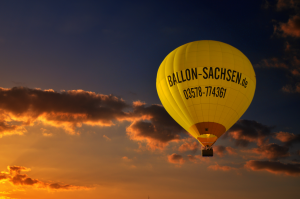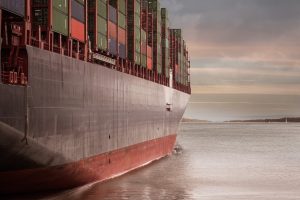- This topic is empty.
-
AuthorPosts
-
26/02/2024 at 11:56 #2307
Welcome to this forum post where we delve into the world of cladding and explore the most durable options available. In this comprehensive discussion, we will examine the key factors that contribute to durability, highlight the top contenders in the market, and provide valuable insights to help you make an informed decision. So, let’s embark on this journey to discover the epitome of long-lasting cladding solutions!
1. Understanding Durability in Cladding:
Durability is a crucial aspect to consider when selecting cladding for any project. It refers to the ability of a material to withstand various environmental conditions, resist wear and tear, and maintain its aesthetic appeal over an extended period. To achieve optimal durability, several factors come into play, including material composition, installation techniques, and maintenance practices.2. Exploring the Most Durable Cladding Materials:
a) Fiber Cement Cladding: Fiber cement cladding has gained immense popularity due to its exceptional durability. Composed of cement, sand, cellulose fibers, and additives, this material offers excellent resistance against moisture, fire, pests, and UV radiation. Its longevity and low maintenance requirements make it a top choice for both residential and commercial applications.b) Natural Stone Cladding: Natural stone cladding, such as granite, limestone, and slate, stands the test of time with its inherent durability. These materials not only provide a timeless aesthetic appeal but also offer exceptional resistance to weathering, impact, and fading. However, it’s important to note that proper installation and periodic sealing are crucial to ensure their long-term durability.
c) Metal Cladding: Metal cladding, including aluminum, zinc, and stainless steel, is renowned for its durability and versatility. These materials exhibit high resistance to corrosion, extreme temperatures, and physical damage. Metal cladding systems often incorporate protective coatings, such as powder coating or anodization, to enhance their durability and aesthetic appeal.
3. Factors Influencing Cladding Durability:
a) Installation Techniques: Proper installation is paramount to ensure the long-term durability of cladding. Following manufacturer guidelines, employing skilled professionals, and using appropriate fastening systems are crucial steps to prevent issues such as water infiltration, warping, or detachment.b) Maintenance Practices: Regular maintenance plays a vital role in preserving the durability of cladding. Cleaning, inspecting for damage, and promptly addressing any issues can significantly extend the lifespan of the cladding material. Additionally, applying protective coatings or sealants, as recommended by the manufacturer, can enhance durability.
c) Environmental Considerations: The durability of cladding can vary depending on the specific environmental conditions it is exposed to. Factors such as humidity, temperature fluctuations, UV radiation, pollution levels, and proximity to coastal areas can impact the longevity of cladding materials. Choosing materials that are specifically designed for these conditions can ensure optimal durability.
Conclusion:
In conclusion, when it comes to selecting the most durable cladding, options like fiber cement, natural stone, and metal cladding stand out. However, it’s essential to consider installation techniques, maintenance practices, and environmental factors to maximize the longevity of the chosen cladding material. By making an informed decision and following best practices, you can achieve a visually appealing and long-lasting cladding solution for your project. -
AuthorPosts
- You must be logged in to reply to this topic.



